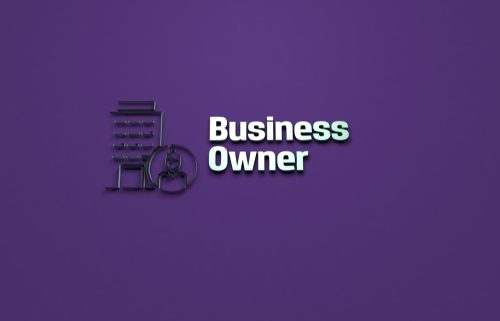How Small Business Owners Can Use an IRA to Fund Their Retirement
When you are a small business owner, you know how much every dollar counts. No health benefits. No retirement benefits. And with an inconsistent budget, putting aside money towards savings is even more difficult. That’s why it’s so vital that small business owners maximize the tax benefits of every dollar they put aside for retirement. But how? And a Self-Directed IRA might be an ideal way for self-employed business owners to fund their retirement?
There are a couple of solutions here. One is for a small business owner—such as a sole proprietor—to use a Self-Directed Solo 401(k) to put more money away. Because the money towards this retirement account would be deductible, it gives the entrepreneur more freedom when it comes to their overall budget.
Here’s what small business owners should know before deciding to open up a retirement account:
Using a Self-Directed Solo 401(k)
When you work for yourself, one of the most immediate benefits you miss is employer matching. When an employer matches your retirement contributions, it’s like giving yourself a raise—you can put aside even more money toward retirement without even feeling it in your bank account.
There are a few benefits to opening a Self-Directed Solo 401(k):
- High contribution limits: Current contribution limits on a Self-Directed Solo 401(k) allow retirement investors is $56,000, provided that you are younger than the age of 50. For those older than 50, there is an additional $6,000 allowable in “catch-up” contributions, which is a great solution for small business owners who are closer to retirement and need to leverage a higher income towards retirement.
- Pre-tax income: Using money towards a Solo 401(k) allows you to use “pre-tax” income, which means that you will be able to deduct that money from your overall income. This helps lower your tax bill every year in which you make the contributions. However, it’s worth noting that the money will be taxed upon withdrawal, which is a reversal from the arrangement with a Self-Directed Roth IRA.
There’s another option for small business owners, however, that’s also worth exploring.
The Self-Directed SEP IRA
The Self-Directed SEP IRA, also known as a Simplified Employee Pension IRA, is something that self-employed individuals as well as employers can use. Like a Self-Directed Solo 401(k), investors can use pre-tax dollars to invest with this type of account.
This is an “employee-sponsored plan,” which means that if you have employees, you can then contribute to their retirement benefits. This is true whether you run a sole proprietorship, a partnership, or even a corporation.
There may be some possible exclusions for employees under this type of arrangement; for example, employees with negotiated union retirement benefits may be exempt. However, this is an unusual situation for some small business owners.
Making Retirement Work with a Self-Directed IRA or 401(k)
You can be self-employed and still make retirement work. Sure, it helps to have a large income and a business that’s thriving; that goes without saying. But with the right accounts set up and working in your favor, you can also maximize the money you are able to put aside for retirement.
One of the chief advantages of doing this is that you can use pre-tax dollars. This is a critical way to squeeze more money out of your budget if you want to contribute towards retirement. Not only will doing so lower your tax burden for the year in which you make retirement contributions, but it will give you more wiggle room overall.
Interested in learning more about Self-Directed IRAs? Contact American IRA, LLC at 866-7500-IRA (472) for a free consultation. Download our free guides or visit us online at www.AmericanIRA.com.








